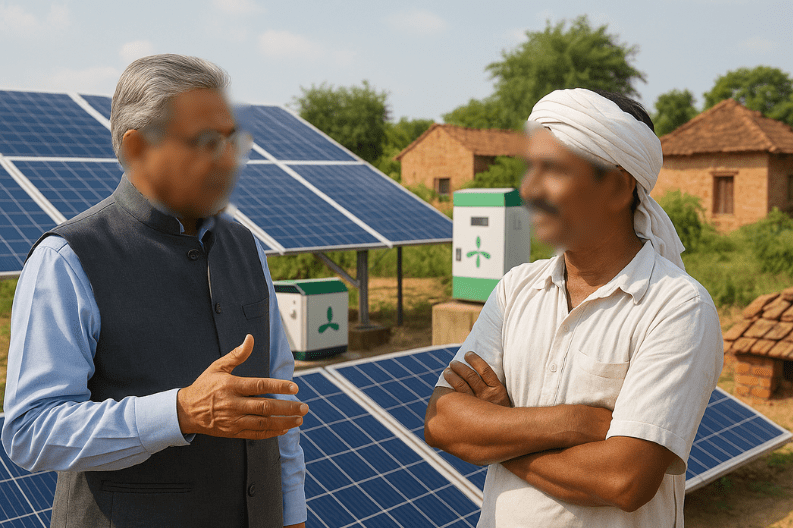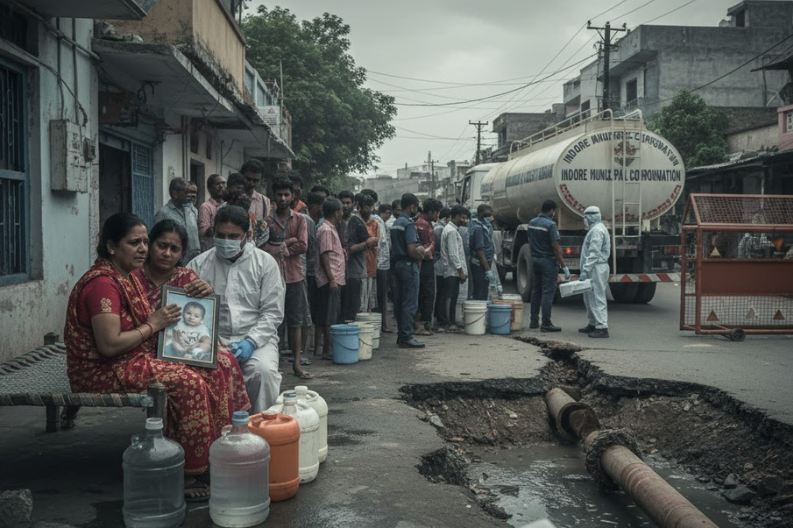The Haryana government plans renewable energy expansion in villages, inspired by the Philippines’ decentralized electricity model. On Monday in Gurgaon, Energy Minister Anil Vij met with Philippine delegates and announced that Haryana would study and adapt their approach. The Philippines, with its 7,641 islands, generates electricity locally to avoid single-grid challenges. Haryana now wants similar solutions for its villages.
Minister Vij stressed that sharing knowledge is vital for growth. He said decentralised power generation would strengthen Haryana’s future and reduce dependence on central systems.
This initiative supports India’s larger renewable energy goals. By 2030, the country targets 500 gigawatts (GW) of renewable capacity, one billion tonnes fewer carbon emissions, a 45% cut in carbon intensity from 2005 levels, and Net Zero emissions by 2070.
Haryana has already made progress. By July 2025, the state had 6,264 megawatts (MW) of renewable capacity, equal to 38.6% of total power. Solar leads with nearly 2,200 MW in the mix.
Farmers are also benefiting. Haryana distributed more than 170,000 solar pumps under the PM-KUSUM scheme. These pumps reduce costs and emissions. The state runs a 10 MW solar plant in Panipat, manages 448 MW of ground-mounted solar projects, and ahas pproved 13 solar parks. Panchkula has even been declared a model solar city.
Moreover, Haryana is also moving ahead with India’s Green Hydrogen Mission. Its policy targets 250 kilotons per annum (KTPA) of green hydrogen by 2030. It also aims for 2 GW of electrolyser manufacturing capacity. So, this will cut industrial pollution, improve energy security, and create export opportunities.
The state is using its agricultural base as well. Surplus paddy straw is turned into energy through compressed biogas (CBG) plants. Seventeen plants with a combined 108.9 tons per day (TPD) capacity are working, while eleven more are under construction.
However, these steps underline Haryana’s sustainable vision. By boosting renewable energy in villages, the state will meet local needs and contribute to India’s climate goals.
In conclusion, the Haryana government plans renewable energy not just for self-reliance but also to become a model for other states, leading India toward a greener and sustainable future.



